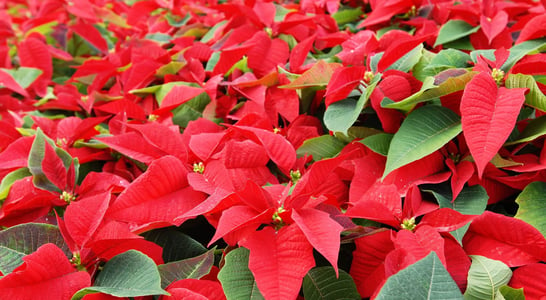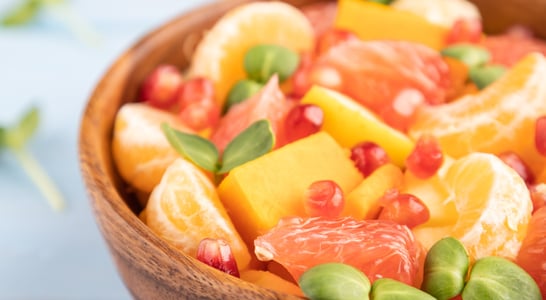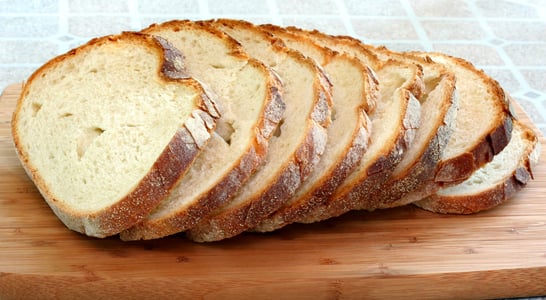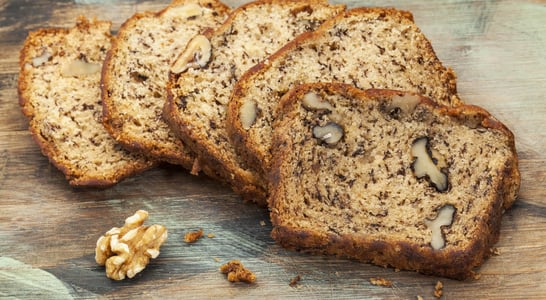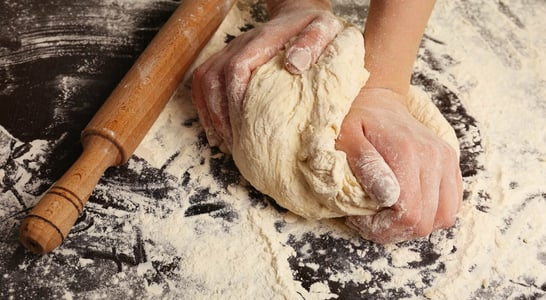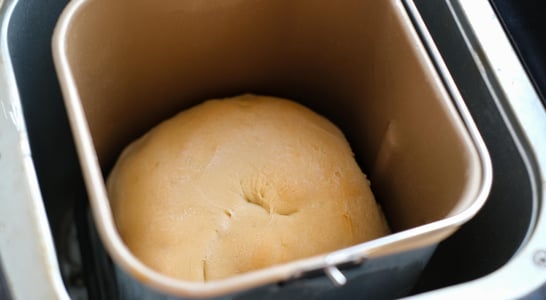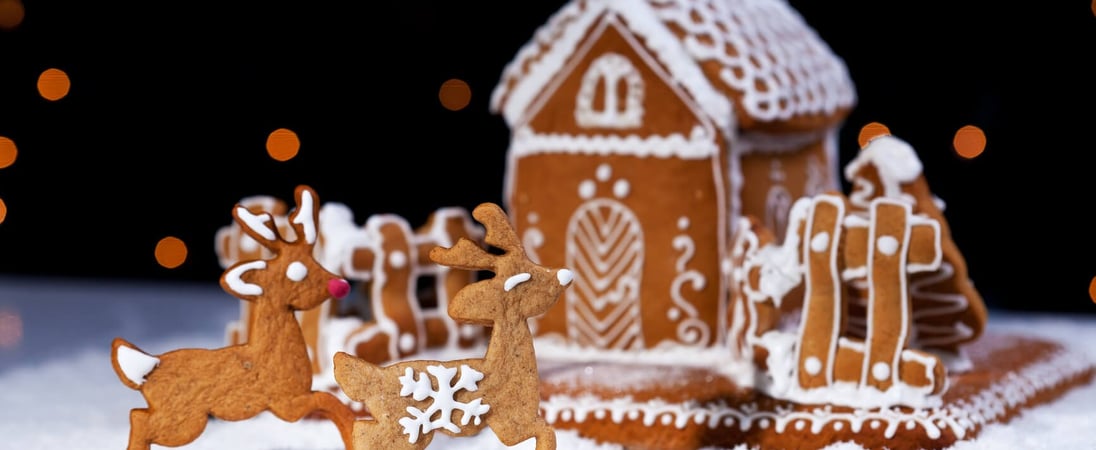
Gingerbread House Day
Get creative decorating a tiny, edible home and have a friendly competition with family to see who can make the tastiest, prettiest, gingery house.
Gingerbread houses are a favorite holiday pastime with families, be it with parents, grandparents, or even both! But these delicious, decorative bread houses have always been a staple of the holiday season for as long as people can remember.
Where did they come from? Who came up with the idea? To answer those questions, we must follow the ghost of holiday’s past into the history of Gingerbread House Day!
Learn About Gingerbread House Day
Whether you consider yourself an expert at building gingerbread houses or you are the type of person that starts eating your creation half-way through, you’re going to love Gingerbread House Day.
After all, we can all agree that the best part of the process is eating the delicious gingerbread and decorations, no matter whether you managed to turn it into a work of art beforehand or not.
Gingerbread House Day is a great way to bring the family together, have some fun, and most importantly, eat some tasty and festive gingerbread.
Gingerbread is a broad category of baked goods. It relates to goods that tend to be baked and flavored with cinnamon, nutmeg, cloves, and gingers.
Molasses, sugar, and honey are also used to sweeten the gingerbread. Gingerbread foods can range from something resembling a ginger snap to a very moist and soft loaf cake.
Of course, when it comes to gingerbread for gingerbread houses, you need a good, strong biscuit. The last thing you want is for your gingerbread house to crumble to the ground. Of course, don’t bake it until it becomes a brick either unless you don’t intend on eating it afterwards!
History of Gingerbread House Day
Food historians ratify that ginger has been seasoning foodstuffs and drinks since antiquity.
It is believed gingerbread was first baked in Europe at the end of the 11th century when returning crusaders brought back the custom of spicy bread from the Middle East. Ginger was not only tasty; it had properties that helped preserve the bread.
According to a French legend, gingerbread was brought to Europe in 992 A.D. by the Armenian monk and later saint, Gregory of Nicopolis (Gregory Makar). Gingerbread figurines date back to the 15th century and baking human-shaped biscuits was practiced in the 16th century.
The gingerbread bakers were gathered into professional baker guilds. In many European countries, gingerbread bakers were a distinct component of the bakers’ guild.
Gingerbread baking developed into an acknowledged profession. In the 17th century, only professional gingerbread bakers were permitted to bake gingerbread except at Christmas and Easter.
In Europe, gingerbreads shaped like hearts, stars, soldiers, trumpets, swords, pistols and animals were sold in special shops and seasonal markets.
The tradition of making decorated gingerbread houses started in Germany in the early 1800’s. According to certain researchers, the first gingerbread houses were the result of the well-known Grimm’s fairy tale Hansel and Gretel.
In modern times the tradition has continued in certain places in Europe. In Germany, the Christmas markets still sell decorated gingerbread before Christmas. (Lebkuchenhaus or Pfefferkuchenhaus are the German terms for a gingerbread house.)
There have been some pretty significant dates in the world of gingerbread over the years.
We’re sure you’re familiar with The Gingerbread Man fairytale, the one that goes “Run, run, run as fast as you can, you can’t catch me, I’m the gingerbread man!” Well, this was released in 1875. It was part of the St. Nicholas Magazine’s May issue at the time.
One of the most significant dates when it comes to gingerbread houses, though, was in 2015. This is when the biggest gingerbread house in the world was created.
The gingerbread house covered an area of a monumental 2,520 square-feet. To put this into perspective, this is roughly half of the size of a typical tennis court.
It reached 21-feet in height. It also amassed to 35.8 million calories, but let’s not think about those pesky things! Crowned as the biggest gingerbread house in the Guinness World Records, this feat occurred in Bryan, Texas.
How to Celebrate Gingerbread House Day
To celebrate Gingerbread House Day, take the family out for a shopping trip and pick up the supplies necessary to make a gingerbread house.
Then let the younger members of the family pick out the decorations that they want to add to the gingerbread house. Finally, pick out the decorations that you want and add them to the house.
A lot of people have gingerbread house competitions on this date. If you can be sure that the competition won’t turn nasty, this is definitely a fun way to spend the occasion. You can have a station that is filled with gingerbread pieces and plenty of different decorations.
Have fun creating your own gingerbread houses and then you can all secretly vote for your winner. You can then have a prize lined up for the person that comes in the first place. Some more gingerbread, perhaps?
You should also make sure that you have plenty of festive-inspired drinks and snacks on hand! If you don’t, someone may be tempted to eat all of the gingerbread.
There are lots of great recipes online for gingerbread lattes and even gingerbread cocktails for the adults too. You can’t go wrong with a gingerbread martini, right?
Gingerbread House Day FAQs
What is the connection between gingerbread houses and the Brothers Grimm’s fairy tales?
The tradition of crafting gingerbread houses gained popularity in Germany during the early 1800s, inspired by the Brothers Grimm’s tale “Hansel and Gretel.”
In the story, two children discover a house made entirely of bread and sugar.
This narrative spurred German bakers to create elaborate, edible houses, intertwining the confection with folklore.
How did gingerbread transition from medicinal use to a holiday treat?
In medieval Europe, ginger was valued for its medicinal properties, particularly for aiding digestion.
Monks incorporated ginger into a paste of breadcrumbs and honey, creating a preserved food that was both nourishing and long-lasting.
Over time, this evolved into the sweet gingerbread we enjoy today, especially during festive seasons.
What role did gingerbread play in political diplomacy?
Queen Elizabeth I of England is credited with the idea of presenting visiting dignitaries with gingerbread figures molded in their likenesses.
This gesture showcased England’s wealth and hospitality, using the exotic spice to impress and build alliances.
Are there any unique gingerbread house traditions around the world?
In Bergen, Norway, there’s an annual tradition where the community comes together to build “Pepperkakebyen,” the world’s largest gingerbread city.
Children and adults collaborate to create intricate gingerbread structures, celebrating communal creativity during the holiday season.
What is the significance of Toruń gingerbread in Polish culture?
Toruń, Poland, is renowned for its gingerbread, known as “Pierniki Toruńskie.”
These delicacies have been presented as gifts to Polish leaders and dignitaries, symbolizing respect and tradition. The city even holds an annual Gingerbread Festival to honor this heritage.
How did gingerbread houses become associated with Christmas?
While gingerbread has ancient roots, its association with Christmas solidified in the 17th century.
During this time, only professional gingerbread bakers could make it, except at Christmas and Easter, when anyone was allowed to bake it. This exclusivity led to gingerbread becoming a special holiday treat.
What are some myths or superstitions associated with gingerbread?
In some cultures, gingerbread was believed to have protective qualities. People would bake and decorate gingerbread figures to ward off evil spirits or bring good luck, especially during the winter months.
How has gingerbread been used in education historically?
In the past, gingerbread was sometimes shaped into letters and used as an educational tool. Children would learn the alphabet by eating gingerbread letters, making learning both fun and delicious.
What is the largest gingerbread house ever made?
In 2013, a gingerbread house covering 2,520 square feet was constructed in Bryan, Texas.
Standing 21 feet tall and containing approximately 35.8 million calories, it holds the Guinness World Record for the largest gingerbread house.
How do different cultures incorporate gingerbread into their holiday traditions?
In Sweden, gingerbread cookies called “pepparkakor” are baked during Saint Lucy’s Day on December 13th. These thin, crisp cookies are often cut into heart and star shapes, adding a sweet touch to the festivities.
See what else is happening…
There’s always more going on every month at Days Of The Year. Here are our favorites this month!
Also on ...
View all holidaysNational Poinsettia Day
These festive plants, with their vibrant red and green foliage, add a cheerful touch to homes during the holiday season.
National Ding-A-Ling Day
Reconnecting with loved ones, engaging in heartwarming conversations to strengthen bonds and share cherished moments.
We think you may also like...
National Sourdough Bread Day
Try baking your own, enjoy your favorite sandwich or soup bowl, or even branch out and try sourdough cake on the delicious, yeasty National Sourdough Bread Day.
National Banana Bread Day
A delicious homemade treat that's perfect for breakfast or dessert, made with ripe fruit and warm spices. You won't want to share!
National Homemade Bread Day
Invest in a bread maker or source a sourdough starter on Homemade Bread Day and bake delicious dough at home to meet all your flour and yeast “kneads”.
Bread Machine Baking Month
Embark on the journey of crafting your own delicious homemade loaves effortlessly with the marvel of automated baking appliances.

